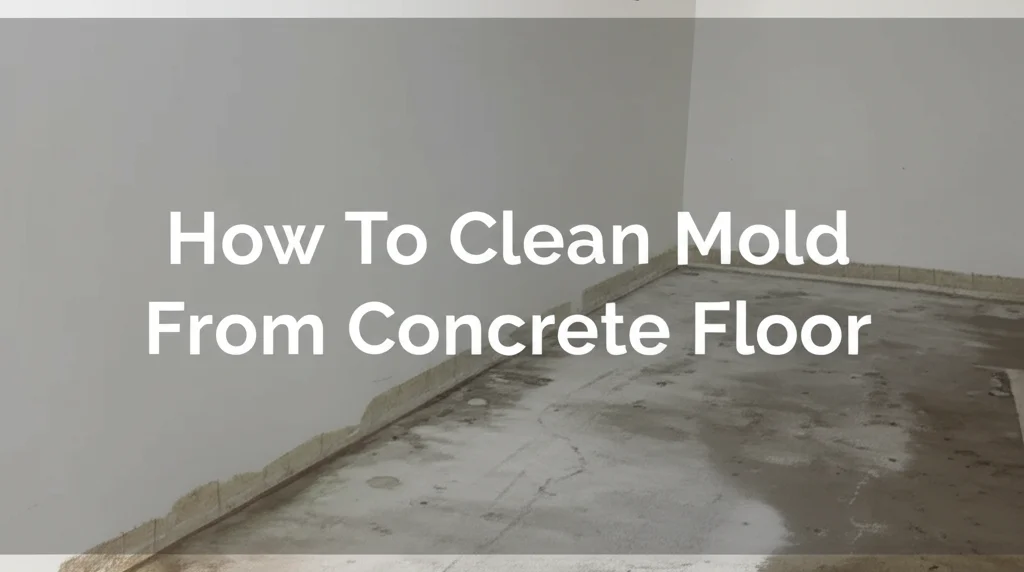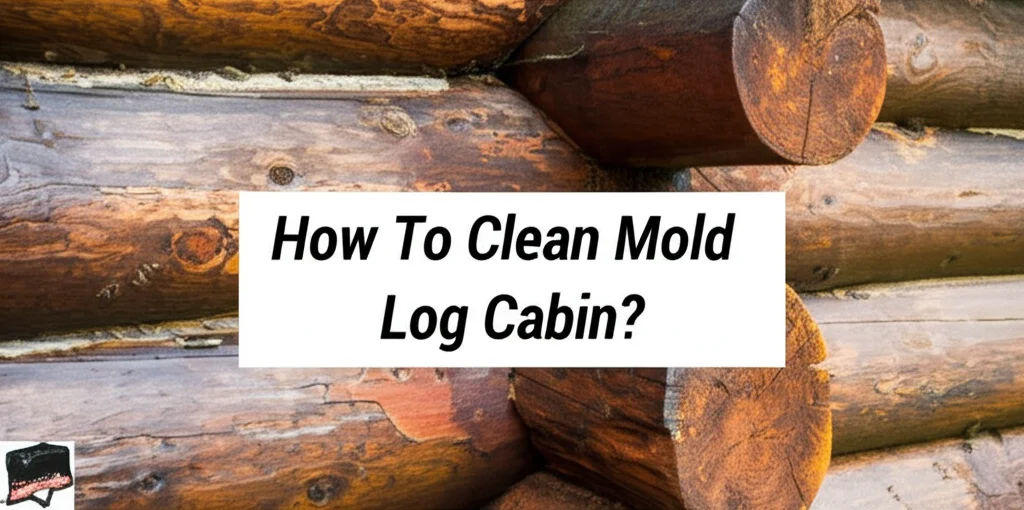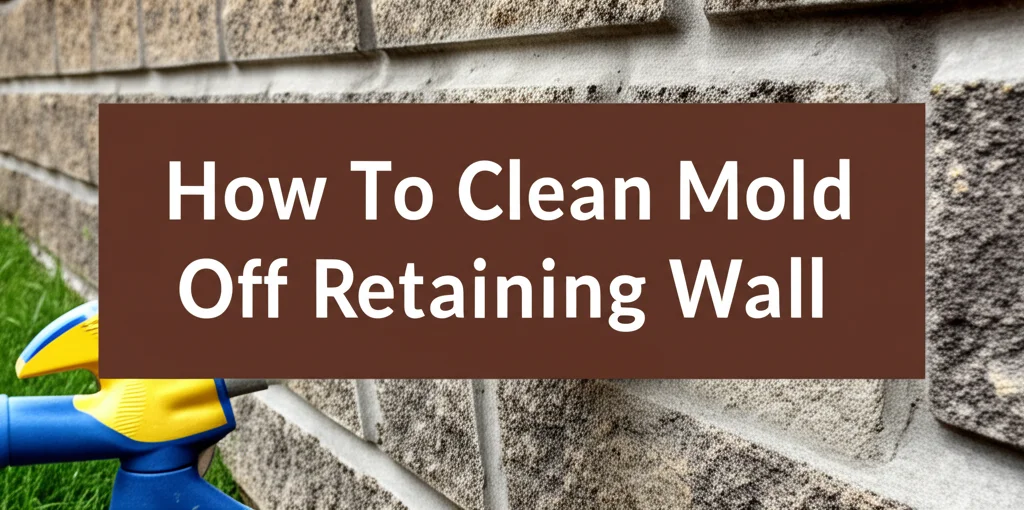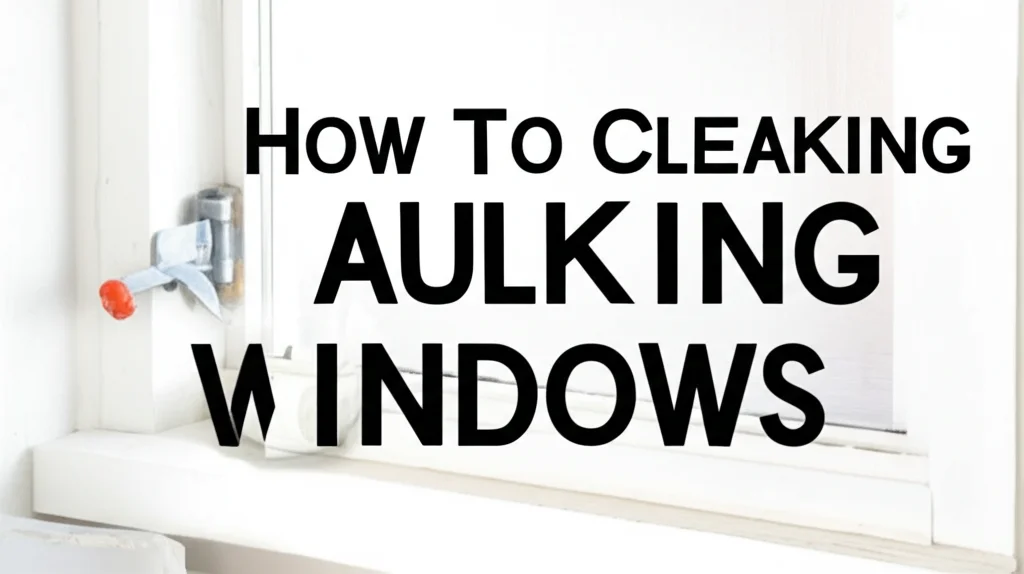· Home Improvement · 6 min read
How To Clean Mold From A Ductless Air Conditioner?
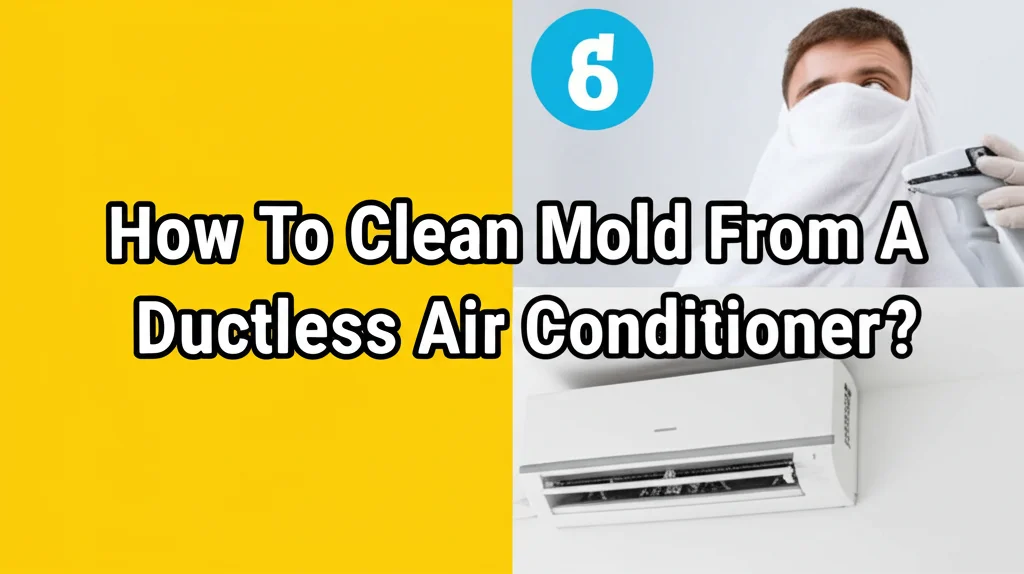
Is Mold Growing in Your Ductless Air Conditioner?
Have you noticed a musty smell when you turn on your ductless air conditioner? That’s often a sign of mold growth. Mold in your ductless mini-split system isn’t just unpleasant; it can significantly impact your indoor air quality and even your health. This article will guide you through a comprehensive process for cleaning mold from your ductless air conditioner, helping you breathe easier and maintain a healthy home environment. We’ll cover everything from identifying mold to safely removing it and preventing future growth.
Takeaway:
- Regular cleaning is crucial for preventing mold.
- Turn off and unplug the unit before cleaning.
- Use a mild cleaning solution and soft brushes.
- Thoroughly dry all components after cleaning.
- Consider professional cleaning for severe mold issues.
Quick Answer:
To clean mold from a ductless air conditioner, turn off and unplug the unit, disassemble the filters and coils, gently clean with a mild detergent or vinegar solution, rinse thoroughly, and ensure everything is completely dry before reassembling.
Understanding Why Mold Grows in Ductless Air Conditioners
Ductless air conditioners, also known as mini-splits, are prone to mold growth due to their design. These systems cool air and remove humidity. The evaporator coils, responsible for cooling, create a damp environment, which is ideal for mold spores to thrive. Dust and dirt accumulating on these coils provide a food source for mold. Poor ventilation and infrequent cleaning exacerbate the problem. Understanding these factors is the first step in preventing and addressing mold growth.
- Moisture: The cooling process creates condensation.
- Dust & Dirt: These provide nutrients for mold.
- Poor Ventilation: Limited airflow encourages mold growth.
- Infrequent Cleaning: Allows mold to establish itself.
Gathering Your Supplies for Mold Removal
Before you start cleaning, it’s important to have the right supplies on hand. This will make the process more efficient and ensure you’re equipped to handle the mold safely. You’ll need a few essential items to tackle this task effectively. Don’t start until you have everything ready to go.
- Screwdrivers: For disassembling the unit.
- Soft Brushes: Old toothbrushes or paintbrushes work well.
- Mild Detergent or White Vinegar: For cleaning solutions. Vinegar is a natural mold killer.
- Spray Bottle: For applying the cleaning solution.
- Microfiber Cloths: For wiping surfaces.
- Gloves & Mask: To protect yourself from mold spores.
- Vacuum with HEPA Filter: To remove loose debris and spores.
- Distilled Water: For rinsing.
Step-by-Step Guide to Cleaning Your Ductless AC
Now, let’s get into the cleaning process. Remember to prioritize safety by turning off and unplugging your unit before you begin. Follow these steps carefully to ensure a thorough cleaning. This process will help restore your air conditioner to optimal performance.
- Power Down: Turn off the air conditioner and unplug it from the electrical outlet. This is crucial for your safety.
- Disassemble Filters: Remove the air filters. These are usually located behind a removable panel.
- Clean Filters: Wash the filters with mild soap and water. Allow them to dry completely before reinstalling. You can also vacuum them with a HEPA filter vacuum.
- Access Evaporator Coils: Carefully open the unit to access the evaporator coils. Refer to your owner’s manual for specific instructions.
- Clean Coils: Gently brush the coils with a soft brush to remove loose dirt and debris. Spray with a solution of mild detergent and water or a vinegar and water mixture (1:1 ratio).
- Rinse Coils: Rinse the coils with distilled water to remove any remaining cleaning solution.
- Dry Thoroughly: Allow all components to dry completely before reassembling the unit. You can use a fan to speed up the drying process.
- Reassemble & Test: Reassemble the unit and plug it back in. Test to ensure it’s functioning properly.
Dealing with Stubborn Mold Growth
Sometimes, mold growth is more extensive and requires a bit more effort. If you encounter stubborn mold, don’t panic. There are a few additional steps you can take to address the problem. Remember to always prioritize safety and wear appropriate protective gear.
- Vinegar Soak: For heavily soiled coils, soak a microfiber cloth in vinegar and apply it to the affected areas. Let it sit for 15-20 minutes before rinsing.
- Mold-Specific Cleaners: Consider using a commercially available mold cleaner specifically designed for air conditioning units. Follow the manufacturer’s instructions carefully.
- Professional Cleaning: If the mold growth is severe or you’re uncomfortable cleaning it yourself, it’s best to call a professional HVAC technician. They have the expertise and equipment to safely and effectively remove the mold. You can find a reputable technician through online directories or referrals. Don’t hesitate to seek professional help if needed.
Preventing Future Mold Growth in Your Ductless System
Preventing mold growth is much easier than removing it. By implementing a few simple maintenance practices, you can keep your ductless air conditioner mold-free. Regular maintenance will extend the life of your unit and improve your indoor air quality.
- Regular Filter Cleaning: Clean or replace your air filters every month during peak usage.
- Run Fan Mode: Periodically run the air conditioner in fan mode to circulate air and reduce moisture buildup.
- Proper Ventilation: Ensure adequate ventilation in the room where the air conditioner is located.
- Annual Professional Maintenance: Schedule an annual professional cleaning and inspection to identify and address potential issues.
- Control Humidity: Use a dehumidifier in humid climates to reduce moisture levels. Maintaining a humidity level below 60% can significantly inhibit mold growth.
Frequently Asked Questions (FAQs)
Q: How often should I clean my ductless air conditioner? A: You should clean the filters monthly and perform a deep cleaning of the coils at least once a year, or more frequently if you live in a humid climate. Regular maintenance prevents mold buildup and ensures optimal performance.
Q: Is mold in my AC dangerous? A: Yes, mold can release spores into the air, which can cause allergic reactions, respiratory problems, and other health issues. Addressing mold growth promptly is crucial for maintaining a healthy indoor environment.
Q: Can I use bleach to clean my AC? A: While bleach can kill mold, it’s not recommended for use in air conditioners. Bleach can corrode the metal components and release harmful fumes. Vinegar or a mild detergent are safer alternatives.
Q: What if I see black mold in my AC? A: Black mold can be particularly harmful. If you find black mold, it’s best to contact a professional HVAC technician for safe removal. Do not attempt to clean it yourself, as it can release dangerous spores.
Q: How can I tell if my AC is causing a musty smell? A: If the musty smell only occurs when the AC is running, it’s a strong indication that mold is growing inside the unit. Inspect the filters and coils for visible mold growth.
Breathe Easy with a Clean Ductless Air Conditioner
Cleaning mold from your ductless air conditioner is a vital step in maintaining a healthy and comfortable home. By following these steps and implementing preventative measures, you can ensure your unit operates efficiently and provides clean, fresh air. Don’t let mold compromise your indoor air quality – take action today! Regular cleaning and maintenance will not only improve your health but also extend the lifespan of your ductless air conditioning system.

